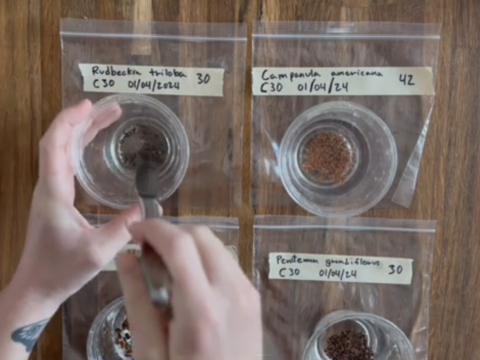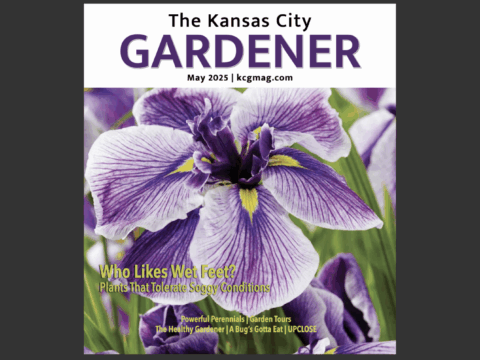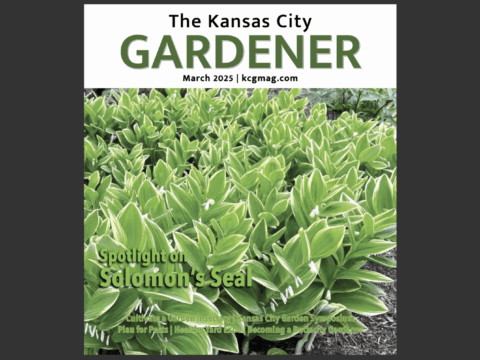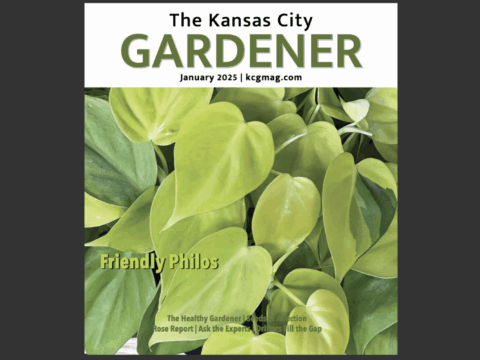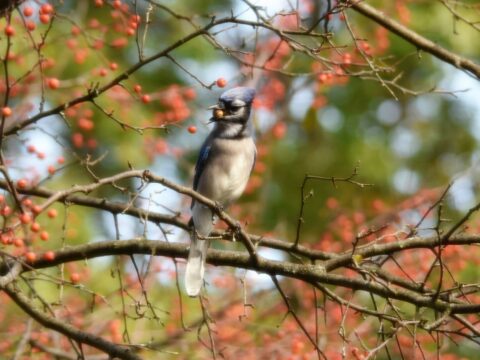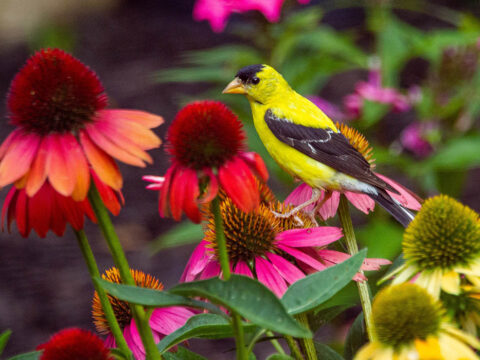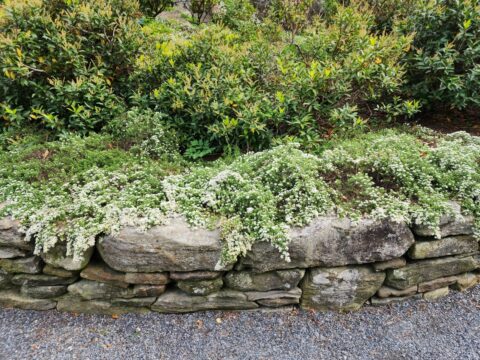Habitat Gardening for Butterflies & More
Grow plants that support wildlife and make a difference!
“…humans now occupy or have seriously altered nearly all of the spaces outside our parks and preserves. Each of us carries an inherent responsibility to preserve the quality of earth’s ecosystems. When we leave the responsibility to a few experts (none of whom hold political office), the rest of us remain largely ignorant of earth stewardship and how to practice it. The conservation of Earth’s resources, including its living biological systems, must become part of the everyday culture of us all, worldwide.”
― Nature’s Best Hope: A New Approach to Conservation That Starts in Your Yard
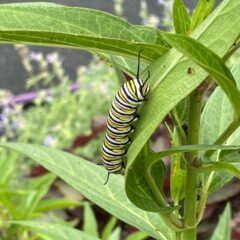 Host plants are caterpillar food. Like the Monarch caterpillar’s dependence on the milkweed family, many Lepidoptera species (butterflies and moths) also rely on specific plants for their survival. Over 80% of milkweed has been lost to habitat destruction and modern farming practices and the same is true for plants that support other animals in our food web.
Host plants are caterpillar food. Like the Monarch caterpillar’s dependence on the milkweed family, many Lepidoptera species (butterflies and moths) also rely on specific plants for their survival. Over 80% of milkweed has been lost to habitat destruction and modern farming practices and the same is true for plants that support other animals in our food web.
How do you know which plant goes with which butterfly? The Butterflies and Moths of North America website is an invaluable resource, and you can Google the butterfly’s name and “host plant” to find out which plants are on the menu.
“Butterflies are herbivores, just like cattle and horses. Every native butterfly evolved in synchrony with a native plant as its food source. For most, the relationship is exclusive to a particular species, genus or family. Only 10% of insects, including a few butterflies, are polyphagous, able to dine on a wider array of plant species. For the Lepidoptera, adult butterflies and moths do not eat; the caterpillar stage does all the eating and growing.
Since every species of butterfly has a unique host plant, you can select which butterflies you want in your yard by which plants you install. Imagine a pregnant butterfly’s joy when she finally finds her host plant in your yard! She lays her eggs and, with luck, you have established a new resident breeding population on your property.”
— Lenora Larson, Long Lips Farm
Songbirds and other wildlife depend on seeds and fruit produced by various plants in addition to feeding on the insects drawn into our gardens. Most importantly, ninety-six percent of all terrestrial bird species rear their young on insects. Since 1970 the population of North American birds has dropped nearly 30% — almost three billion birds have vanished from our forests, grasslands, and backyards in less than a human lifetime. It’s a chilling fact that makes it clear that we must act as individuals to help ensure their survival.
This page is a work in progress!
Click the images and links below for plant lists by species.
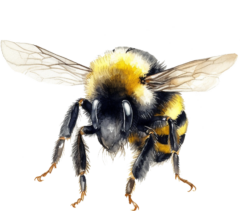
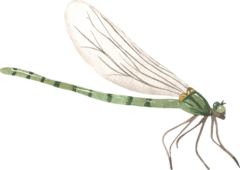
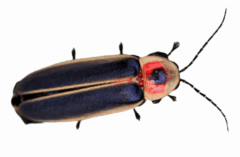
Brush-footed Butterflies
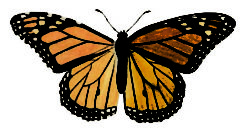
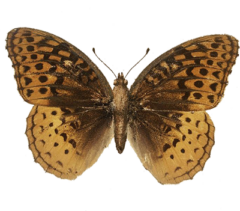
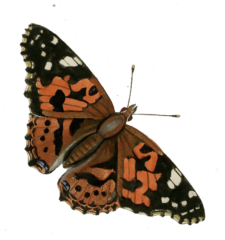
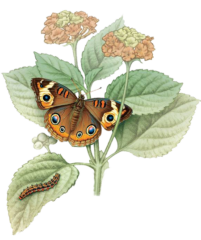
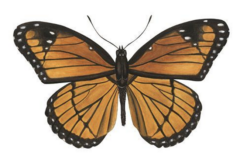
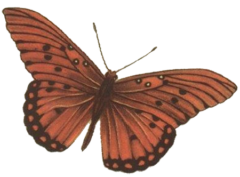
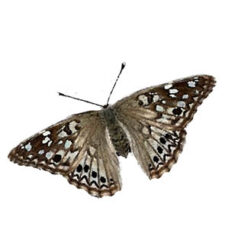
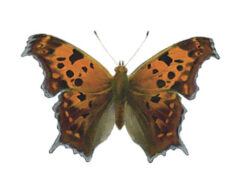
True Brushfoot
Swallowtails
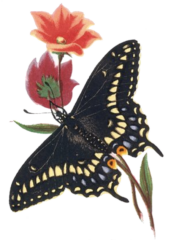
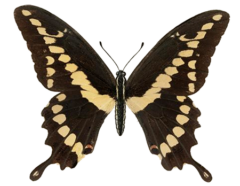
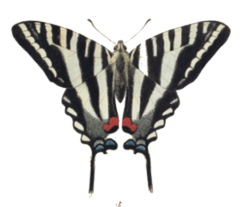
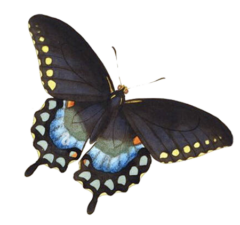
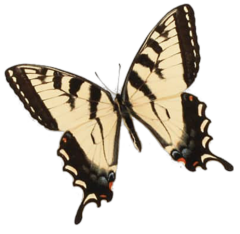
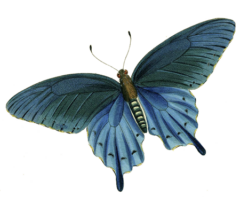
Wild Silk Moths
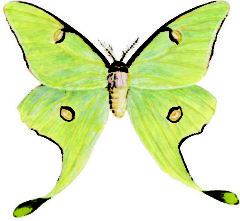
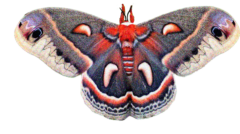
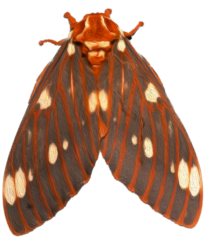
Skippers
Gossamer-wing Butterflies
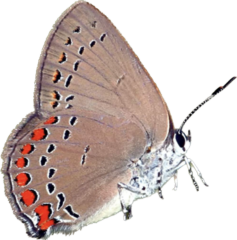
Whites & Sulphurs
Prominents
Sphinx Moths & Hawkmoths
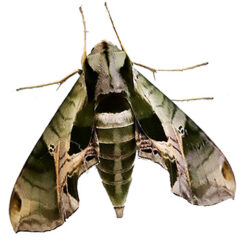
White-lined Sphinx
Yucca Moth

Vinland Valley Nursery is a registered Monarch Waystation #1085 since February 4, 2007. You can register your garden here!
Local butterfly expert Lenora Larson has created these informational handouts:
• Butterflies: Flying Flowers in your Garden!
• A Vital Connection: Native Plants and Butterflies
• Long Lips Farm Caterpillar Foodplants
• Butterfly Bartending: Nectar Flowers
• Long Lips Farm: Selected Butterfly Nectar Flowers
• Bee Friendly: Plants for Bees and Other Pollinators
More About Wildlife & Plants
